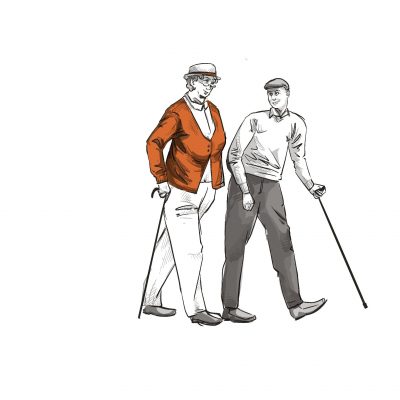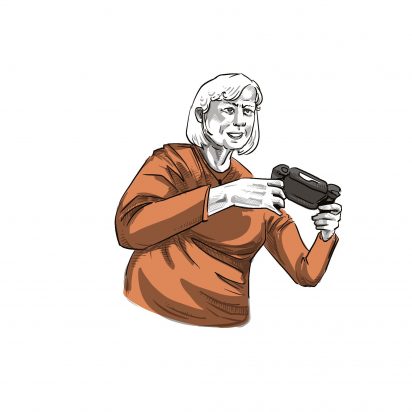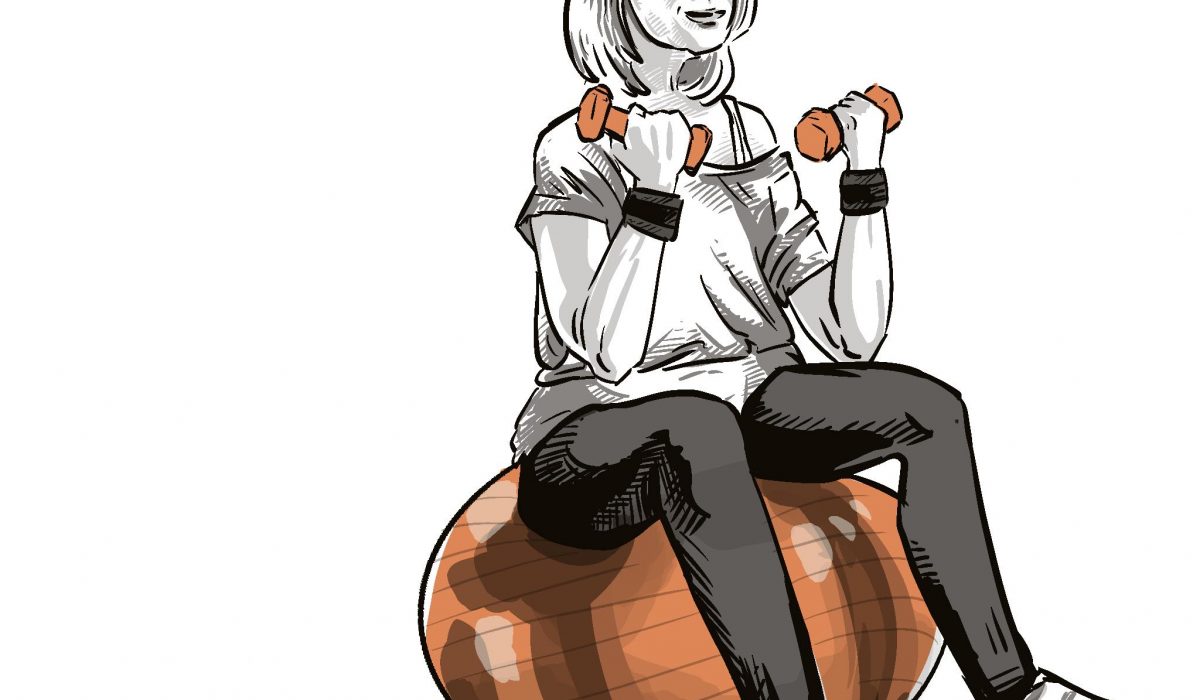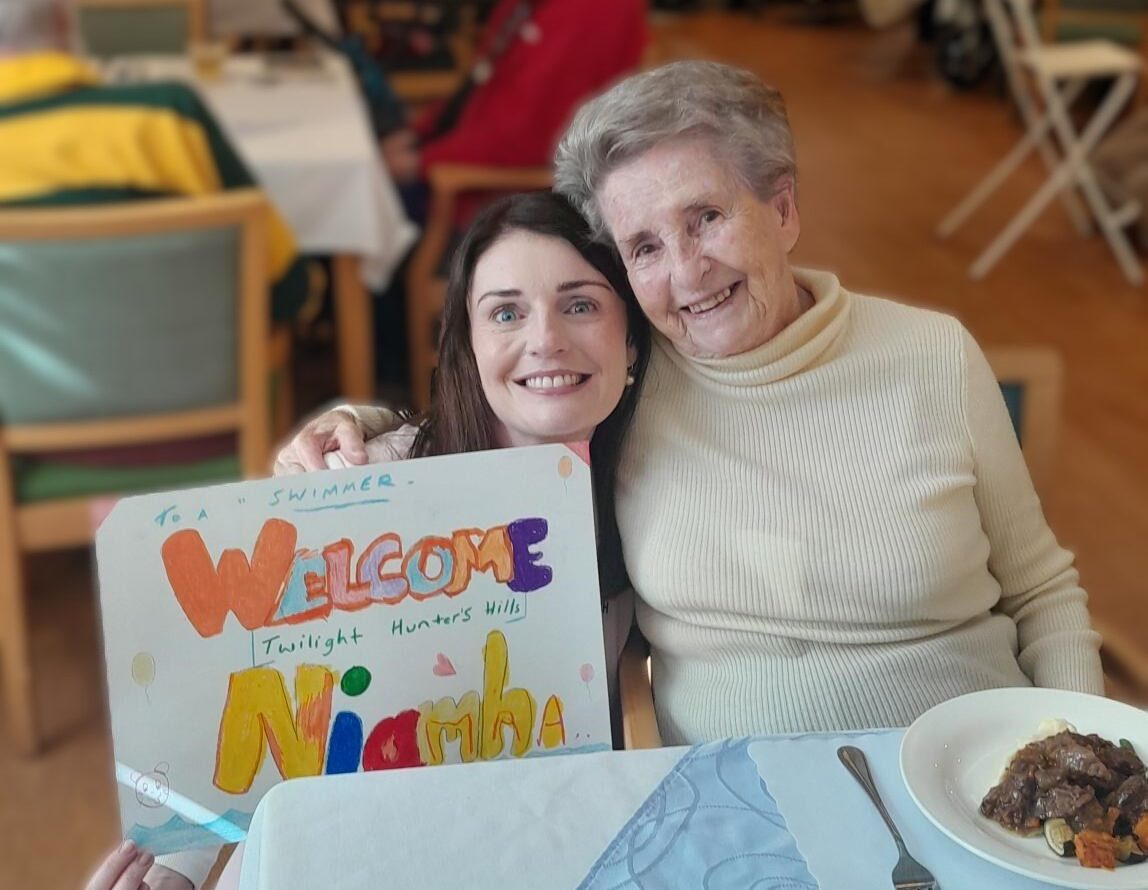11 BEST EXERCISES FOR THE ELDERLY
The best exercises for those over 75 years wise.
As the winter season hits, it’s good to get the blood flowing and keep the body warm with light exercise. This goes double for elderly Australians who arguably benefit more from good exercise more than other age groups.
So, let’s discuss all the benefits of continuing to exercise as you get older and the different ways that you can get your heart rate up safely and healthily. Because age shouldn’t be a barrier to quality of life!
BENEFITS OF EXERCISING
Let’s quickly go through some of the benefits of exercise before we tell you the best ways to keep fit.
- Exercise is a great way to maintain or build muscle. Retaining strength is difficult for older Australians on diet alone, so a bit of light exercise is perfect for keeping fit.
- Maintaining and controlling weight. A lot of us lose or gain weight as we age which can be stressful.
- Develop a better sense of balance and prevent the risk of falls. Regular exercise keeps you standing upright and can even improve your posture.
- It’s great for mental health. Often after a work-out, you will feel a rush of endorphins from exercise as well as a sense of accomplishment for doing something productive. Would highly recommend.
- Exercise is one of the natural ways to reduce symptoms of dementia. It helps prevent strokes and other medical complications that can cause cognitive impairment, as well as controlling (and reducing) chronic disease symptoms.
SOME HELPFUL TIPS FOR EXERCISE
Let’s quickly go through some of the benefits of exercise before we tell you the best ways to keep fit.
- Sport is very good for us, but it’s hard to get started and it’s even harder to keep up the habit! Here are some simple bits of advice to make being healthy simpler and that little bit easier on all of us.
- Start slow and use the first 5 minutes of exercise to warm up the joints and get the body ready for something more strenuous.
- Do exercise in the morning or afternoon. Establish exercise as a habit and embed it in your routine. This will help you keep it up for the long term.
- Make your exercise more social and do exercises in groups. This can mean walking with a group of friends (after COVID restrictions are lifted of course), digitally connecting during Pilates or signing up to an exercise class.
- Sit in a comfy chair. It sounds counterproductive to sit down when exercising, but this can be very beneficial to those who struggle doing exercise standing and keep balance. Sitting down will help you remain upright while you build up a sweat. This is very useful for elderly Australians who might not feel as confident standing.
(FINALLY!) THE EXERCISES THEMSELVES
It is important to remember to stop exercising at the first sign of pain. Do not push yourself if you are experiencing sensations of dizziness, feelings of nausea, or if you are seeing spots. Do not push yourself and consult your doctor if you are recovering from any injuries or illnesses.
Those who are 65+ with no medical or health issues are recommended by Health Direct to exercise regularly, even daily.
- Stretching. According to Active Health, stretching helps develop better flexibility to keep falls and muscle pains at bay. They also list a bunch of exercises that you can do to keep those joints loose.
- Tai Chi. This is a very popular exercise with older age groups, and for good reason. It builds strength, flexibility and balance. It is also great for improving your mood and acts as a sort of physical meditation. Best of all? Tai Chi’s popularity means that there are many community groups available who run classes and online videos that you can join.

- Walking. Light walking is commonly recommended for older Australians who want to exercise as an easy cardio exercise that anyone can do. If you want, this can be arranged to be done in groups or by yourself. We suggest you walk on flat ground with smooth paths and on trails that have a great view to get the best out of your workout.
- Video games, Wii. If you still have a Wii console, grab that thing out of the closet and dust it off. Video games like the Nintendo Wii that involve big gestures and movement are a fun way to engage spatial awareness and involve a great deal of physical movement. This is something that can be done with the grandchildren as well, making it a fun social event. The University of Montreal also found that video games have other benefits for seniors, including simulating parts of the brain that deal with reactions time and spatial awareness.
- Chair routines. This is convenient for those who have trouble standing or are recovering from an injury or illness. Many exercise companies are offering up chair exercise programs like silent discos that can be done in the safety and convenience of your own home.
- Yoga. Like stretching but with a calming effect on the mind and soul. Yoga is good for older Australian’s because it involves flexibility and strength.
- Lightweight training. This is good for those with some light weights lying around the house. As we get older, we start to lose some muscle fibre. So, using light weights can help maintain our muscle and help increase our strength and endurance.
- Dancing. Good for those with music in them or even those with two left feet. Dancing involves coordination, rhythm and spirit so it’s great exercise. One study found that dancing has the same results as walking, stretching and toning in those aged 60-79 years old. There are different styles for anyone to enjoy, so pick your favourite from a gentle waltz to energic Zumba classes. 10 minutes of dancing at regular intervals are recommended to get the best out of this exercise.
- Water Aerobics and aqua jogging. Water sports are great for getting the heart rate up without putting a strain on the body. Water’s buoyancy takes the pressure off joints and also acts as a form of resistance to make you work! Water aerobics is often offered in local classes for older Australians, but if a group activity just doesn’t sound like you then consider aqua-jogging. While it may have a funny name, aqua-jogging is simply jogging or water up and down a pool. Simple but a lot more strenuous than it sounds. This is perfect if you have your own pool!
- Stability ball training. Perfect for developing and maintaining core strength and balance. Open Fit states that stable joints are less prone to injury and falls, and stability ball training can train every part of your body. There are plenty of online tutorials and classes on using these balls that can be done in the convenience of your own home.
- Golf. First things first. This is golf without using a cart; the walk is half the journey here! We are aiming to get a decent cardio work out. Golf is perfect for those wanting to walk, but they want a little more purpose to their exercise. Not only are you walking to find that pesky little white golf ball, but you get to reward yourself at the end with a cool drink at the golf club. Currently, golf is not an option with COVID-19 restrictions. However, as we ease out of this time, golf serves as a nice way to get back into social activities and connect with others while remaining active.

If you want some more information, the Australian Government Department of Health has some excellent tips for Australians (65 years and older) here.







